To date, hydraulic hose fittings have evolved into components that are vital to a wide range of industries. The purpose of this topic guide is to provide a comprehensive overview that will form the basis for detailed information to follow. The introduction emphasizes the importance of selecting the correct hydraulic hose fitting for a particular application, covering key factors such as material selection, thread type, and the role of a reliable supplier. The goal of this guide is to equip you with the knowledge and selection of the most appropriate hydraulic products, ultimately optimizing the performance and cost-effectiveness of your hydraulic system.
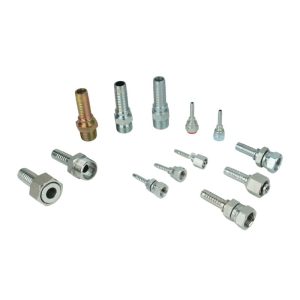
In the world of hydraulics, hose fittings are more than just connectors; they are the backbone that holds the entire system together. It can be said that they play a pivotal role in determining system performance, service life, and safety.
Hydraulic hose fittings are specialized connectors used to connect fluid ports in hydraulic systems. These fittings ensure that the fluid transfer path is safe and leak-free and therefore play a vital role in the overall functioning of the system. They come in a variety of shapes and sizes and are designed to meet the specific requirements of different hydraulic applications.
Quality is more than just a catchphrase, it is a key factor in the success or failure of a hydraulic system. High-quality fittings ensure optimum performance and minimize the risk of leakage or system failure. Conversely, substandard fittings can lead to operational failures, increased maintenance costs, and even catastrophic system failure. Therefore, understanding the types and materials of hydraulic hose fittings is not only desirable but critical.
In the hydraulics industry, “one size does not fit all” is not true. From construction machinery to industrial processes, the areas of application are varied, and therefore the requirements for hydraulic hose fittings are equally varied. Each type of fitting has specific features to meet unique requirements. Let’s take a closer look at some of the most commonly used types.
Hydraulic hose fittings are specialized connectors used to connect fluid ports in hydraulic systems. These fittings ensure that the fluid transfer path is safe and leak-free and therefore play a vital role in the overall functioning of the system. They come in a variety of shapes and sizes and are designed to meet the specific requirements of different hydraulic applications.
Reusable fittings offer the advantage of flexibility. These fittings can be removed from the hose and reused, making them ideal for applications that require frequent replacement or adjustment, such as research labs or prototype testing. While reusable fittings offer flexibility, they may not have the same sealing integrity as crimp fittings, especially in high-pressure systems. Therefore, they are generally recommended for low to medium pressure applications.
Push-lock fittings are the most convenient option. Designed for quick, tool-free installation, these fittings lock into place with a simple push. They are commonly used in automotive systems, light machinery, and some household applications. Push-lock fittings offer unmatched convenience and speed but are best suited for low and medium-pressure applications. They have limitations in high-pressure and high-vibration environments, making them less suitable for use in demanding hydraulic systems.
When it comes to hydraulic hose fittings, the thread type is often an overlooked yet critical factor. Different threads serve different purposes and applications, and choosing the wrong one can lead to system failures, leaks, and inefficiencies. Let’s break down some of the most common thread types you’ll encounter.
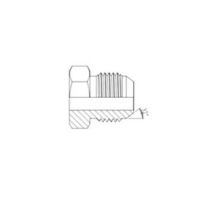
JIC threads are widely used in the United States and are known for their reliability in high-pressure applications. They feature a 37-degree flare seating surface and are commonly found in industrial and automotive applications.
♦ Key Takeaways:
Excellent for high-pressure systems
Versatile and widely adopted in the U.S.
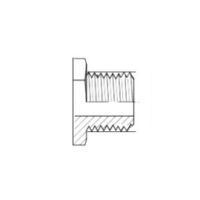
BSP threads are more common in Europe and other parts of the world. They are versatile and can be used in both hydraulic and pneumatic systems. The threads are available in two types: parallel (BSPP) and tapered (BSPT).
♦ Key Takeaways:
Versatile and globally recognized
Suitable for hydraulic and pneumatic systems
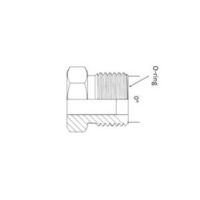
ORFS threads offer the best leak protection and are often used in high-pressure hydraulic systems. The O-ring provides an extra layer of sealing, making it almost leak-proof.
♦ Key Takeaways:
Superior leak protection
Ideal for high-pressure applications
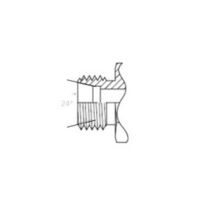
Metric threads are standardized and are commonly used in Europe. They are straightforward to identify based on their metric dimensions and are often used in industrial machinery.
♦ Key Takeaways:
Standardized dimensions
Commonly used in industrial settings
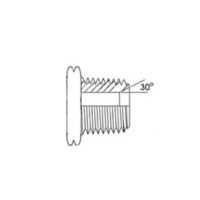
NPT threads are primarily used in North America and are versatile but not ideal for high-pressure applications. They are often used in plumbing and low-pressure hydraulic systems.
♦ Key Takeaways:
Versatile but not ideal for high-pressure systems
Common in North American plumbing
Selecting the right material for your hydraulic hose fittings is not just a matter of durability; it’s a matter of system integrity, safety, and long-term cost-effectiveness. Let’s explore some of the most commonly used materials and their respective advantages and limitations.
Carbon steel is often the first choice for hydraulic fittings due to its strength and affordability. It’s well-suited for high-pressure applications and offers excellent durability.
Strengths and Limitations:
High tensile strength suitable for high-pressure systems
Susceptible to corrosion if not properly coated or maintained
Affordability:
Generally less expensive than other materials, offering a cost-effective solution
Aluminum fittings are lightweight and corrosion-resistant, making them ideal for specific applications like marine environments or chemical processing.
Lightweight and Corrosion-Resistant:
Ideal for applications where weight is a concern
Excellent resistance to corrosion
Cost vs. Benefits:
Generally more expensive than carbon steel but offers unique advantages that may justify the cost
Stainless steel offers a balance between strength and corrosion resistance. It’s often used in specialized applications where both are required.
Innovative Options for Specialized Needs:
Excellent strength and corrosion resistance
Ideal for harsh environments like saltwater or chemical exposure
Cost-Effectiveness:
More expensive upfront but can offer long-term cost savings due to its durability and low maintenance needs
Different industries have unique requirements and understanding these requirements can greatly impact the efficiency, safety and cost effectiveness of a hydraulic system. Let’s explore some common accessory applications.
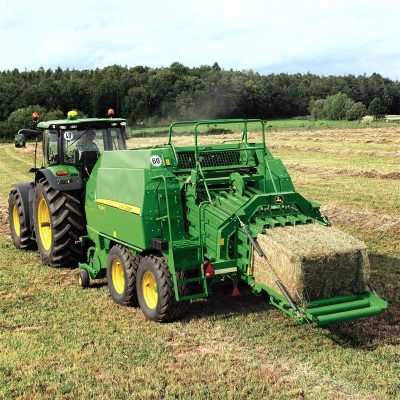
Agricultural machinery typically operates in harsh conditions – dust, moisture, and temperature fluctuations are the norm. Therefore, fittings with high corrosion resistance and durability, such as stainless steel or coated carbon steel, are often recommended.
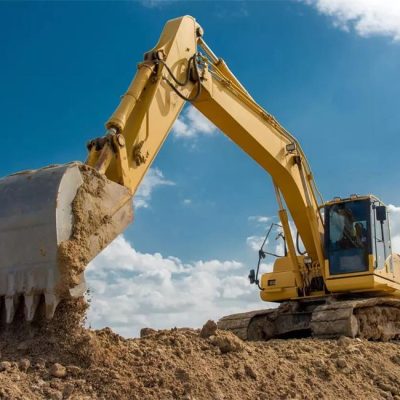
Construction sites are high-pressure, high-vibration environments. Pipe fittings need to be able to withstand these conditions and yet be cost effective. Carbon steel crimp fittings are often preferred.
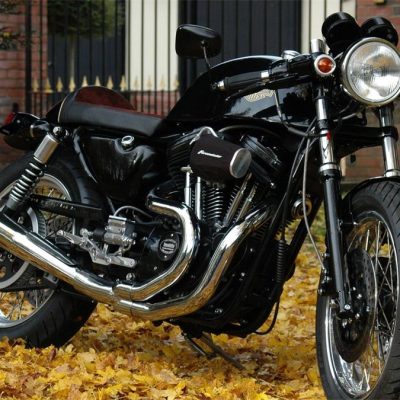
Automotive hydraulic systems are often required to operate at high pressures and temperatures. Under these conditions, fittings with excellent heat resistance and pressure tolerance are essential.
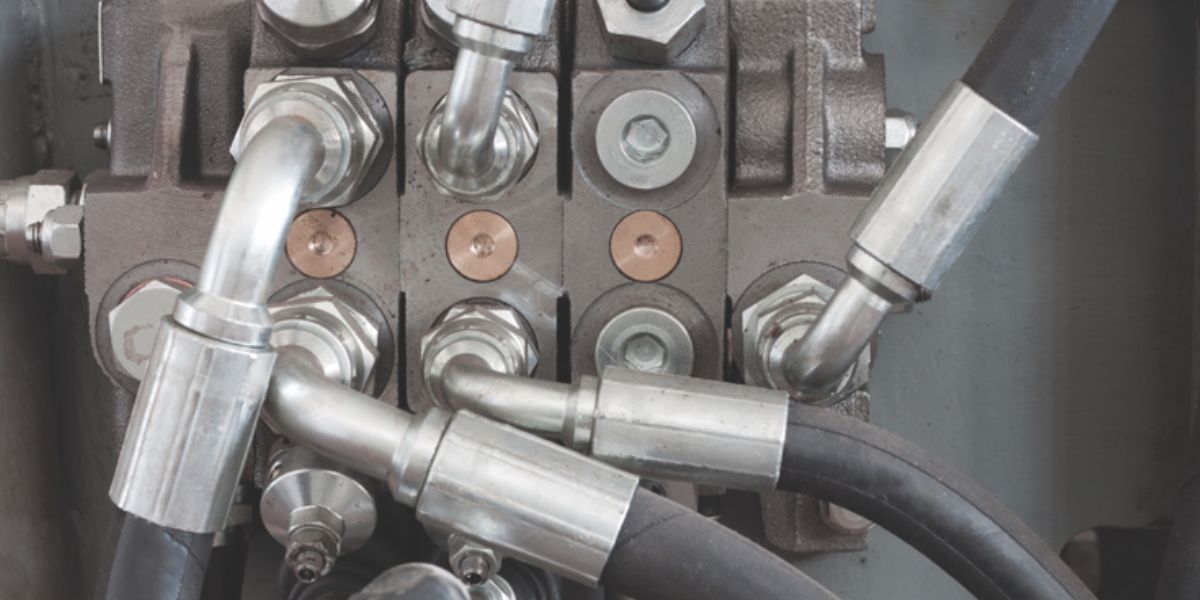
Step 1: Safety First
Before you begin, ensure you’re wearing appropriate safety gear, including gloves and eye protection. Make sure the hydraulic system is powered off and depressurized to prevent any accidents.
Step 2: Gather Your Tools and Supplies
You’ll need the following:
Hydraulic hose
Appropriate hydraulic fittings (e.g., crimp, reusable, push-lock)
Crimping tool (if using crimp fittings)
Wrench set
Thread sealant (optional)
Measuring tape
Step 3: Measure and Cut the Hose
Measure the length of hose you’ll need for your application. Use a sharp cutting tool designed for hydraulic hoses to make a clean cut.
Step 4: Prepare the Hose
If you’re using crimp fittings, you may need to strip back the outer layer of the hose to expose the reinforcement layer. This will depend on the type of fitting and the manufacturer’s guidelines.
Step 5: Insert the Fitting
For Crimp Fittings: Insert the fitting into the hose until it reaches the base of the fitting. Make sure it’s securely in place.
For Reusable and Push-Lock Fittings: Simply push the fitting into the hose until it locks into place.
Step 6: Secure the Fitting
For Crimp Fittings: Use the crimping tool to crimp the fitting onto the hose. Ensure it’s evenly crimped all around for a secure fit.
For Reusable and Push-Lock Fittings: Tighten the fitting using a wrench, but avoid over-tightening, which can damage the threads.
Step 7: Apply Thread Sealant (Optional)
If your application requires it, apply thread sealant to the threads of the fitting before connecting it to the hydraulic system.
Step 8: Connect to the Hydraulic System
Use a wrench to connect the fitting to the corresponding port on your hydraulic system. Again, avoid over-tightening.
Step 9: Test the System
Once everything is connected, turn on the hydraulic system and check for leaks. If any are found, turn off the system, depressurize, and re-tighten the fittings.
Step 10: Final Safety Check
Perform a final safety check to ensure all fittings are secure and that there are no leaks. Once confirmed, your hydraulic system is ready for operation.

Choosing the right hydraulic hose fitting is only half the battle; selecting a reliable supplier and brand is just as critical. Your choice can have a significant impact on the quality, durability and overall performance of your hydraulic system. Here are some suggestions to guide you in making the right decision.
Reputation: Look for suppliers with good reputations in the industry. Customer reviews, testimonials, and industry certifications can provide valuable insight.
Product range: A supplier with a wide range of products is usually better able to meet a variety of needs, from specialized accessories to general-purpose options.
Customer support: A supplier that provides excellent customer service, including technical support and after-sales service, is invaluable, especially if you have a problem or question.
Quality Assurance: Brands that invest in quality assurance, such as rigorous testing and quality control measures, are usually more reliable.
Innovation: Brands that are committed to innovation often offer products with advanced features, such as improved corrosion resistance or higher pressure handling capabilities.
Price vs. performance: While cost is an important factor, it should not be the only one. Evaluate price/performance to ensure you get the most value for your investment.
Buying in bulk: Buying in bulk can often result in cost savings, especially for standard fittings that are used frequently.
Material Selection: Choosing the right materials can reduce maintenance and extend service life, resulting in long term cost savings.
After exploring the intricacies of hydraulic hose fittings, from understanding the basic functions and types of hydraulic hose fittings to delving into material selection and industry-specific applications, you should now be fully prepared to make informed decisions about your hydraulic system. Choosing the right fittings can dramatically impact your efficiency, safety, and cost-effectiveness.
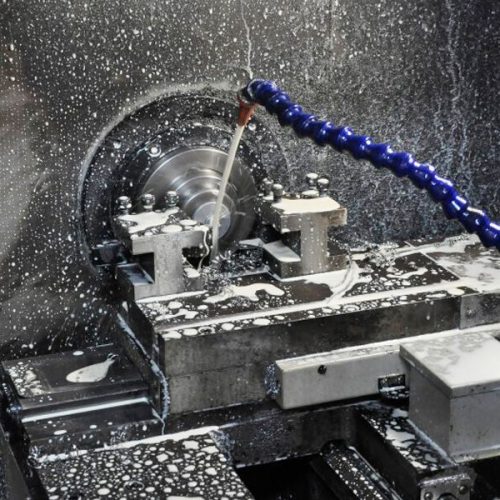
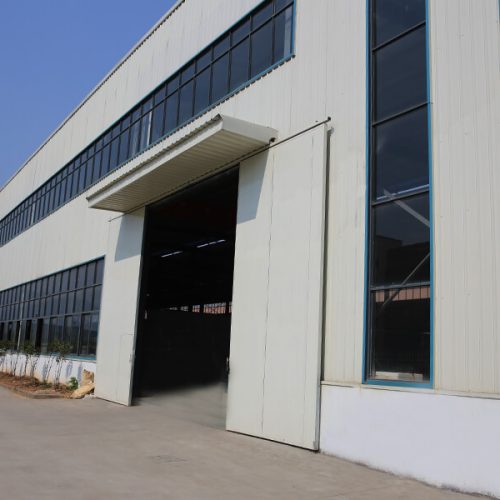
Know the basics: Understand the function and importance of hydraulic hose fittings in your system.
Determine your needs: Consider the specific requirements of your industry and application.
Materials Matter: Choose the right material based on durability, corrosion resistance, and cost.
Thread type: Select the right thread type for your application, taking into account factors such as pressure handling and global compatibility.
Suppliers and brands: Evaluate potential suppliers and brands for reputation, product range, and customer support.
Installation: Follow proper installation procedures to ensure a safe and leak-free connection.
At Topa Hydraulic, we understand that every hydraulic system is unique and so are its requirements. We have a team of highly skilled professionals who can guide you through the selection process to ensure you choose the most cost-effective and reliable hydraulic hose fitting for your specific needs.
Don’t let the performance of your hydraulic system suffer. Contact us for expert advice, quality products, and a one-stop solution for all your hydraulic component needs.